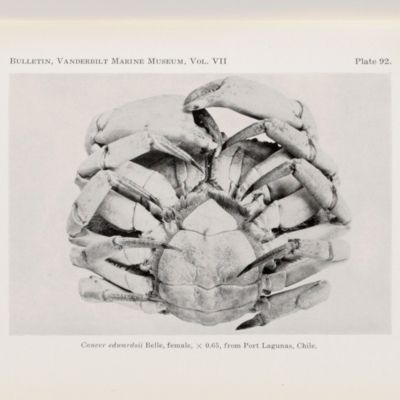Noort, M. van
Pomologia Batava of afbeelding en beschrijving van onderscheidene soorten van appelen en peeren, welke in de Nederlandsche gewesten worden gekweekt. Allen naar het leven in kleuren geteekend en beschreven.
Leiden, C. C. van der Hoek [1830-ca. 1844]. 4to (26.6 x 21.6 cm). [iv], 4, 80 pp.; 80 (of perhaps 85) fine lithographic plates, finely coloured by hand, and each with accompanying letterpress text leaves. Contemporary black polished half morocco over marbled boards, spine rich gilt. Marbled endpapers.
This is truly a mysterious book, much rarer and better illustrated than the well-known work of Knoop, and unrecorded by many bibliographies [e.g. Pritzel, Cat. BM(NH)]. The illustrations are more like original watercolours as only the outlines and shading of each fruit are – extremely lightly – printed, and the illustrations in different copies are similar, but nowhere near identical. The title translates as follows: "Dutch pomology or illustrations and descriptions of distinct species of apples and pears which are cultivated in the Dutch regions. All drawn in colour and described after nature". The foreword is signed by the author, Matthieu van Noort, and dated 22 December 1830. Van Noort (1768-1844), who studied law and was apparently a wealthy man, became known as a versatile and skilled artist, working as a painter, etcher, and sculptor. We could trace only two copies of his Pomologia on the market during the last 50 years, each varying in the number of plates. Landwehr calls for 84 plates. Our copy is without the last five plates mentioned by Landwehr but with an additional plate – "Dirkjes-Peer" – not mentioned by Landwehr. Nissen calls for 173 plates, but this must be an error. According to van der Aa, Van Noort worked on the Pomologia from 1830, when he was 62, until his death 14 years later. 21 instalments were completed. Assuming that each instalment consisted of four plates (backed up by the fact that the order in which each group of four plates are present is the same in our copy and the Landwehr collation, disregarding our plate 64 which is not in Landwehr, and because there are alternatingly four apples – four pears), the maximum number of published plates at the time of van Noort's death was probably 80 or 84. The last instalments were not completed due to lack of funds and consisted of an undisclosed number of plates. Their whereabouts are unknown. We have a single plate of one of those uncompleted instalments. According to van der Aa, several sets of the last instalments were given to B. Wttewaal, professor in rural economics in Leiden, and they may be in the collection of Leiden University or its botanical gardens. In any event, a copy with 80 plates is very rare indeed. The rarity of the work can be explained as follows: according to van der Aa, the plates were not for sale, but donated to friends and perhaps other people who showed interest. This is contrary to the 1830 title page, which states that the work was available at the Leiden book dealer C. C. Van Der Hoek. The foreword of this copy is signed in ink by van Noort. Provenance: the name Helena Leembruggen-Veenenburg handwritten in the top margin of the half-title. A few text leaves slightly age-toned, hinges a bit weak, otherwise a very fine, crisp copy. Landwehr, 144; Martini, p. 67; Nissen BBI, 1452; van der Aa, 13 (1868) p. 341.
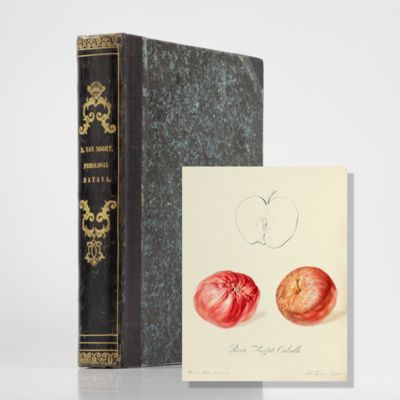

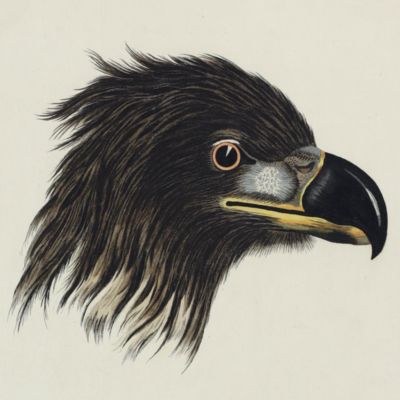
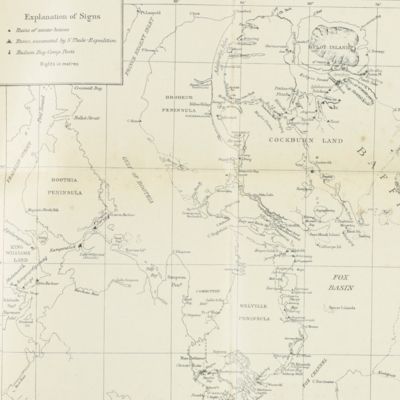
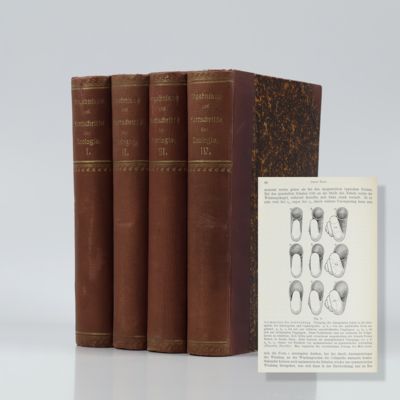
![image for Vorstellungen allerhand Thiere. Plate XLVIII [Reiger - Heron]](https://www.schierenberg.nl/media/cache/product_thumb/69838/69838_x.jpg)
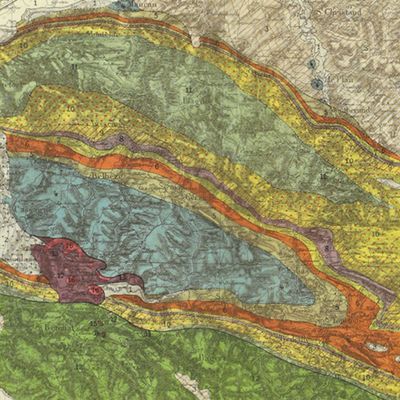
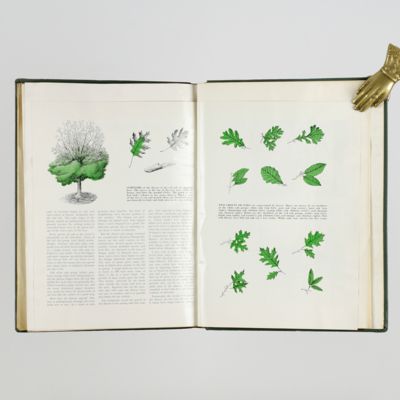
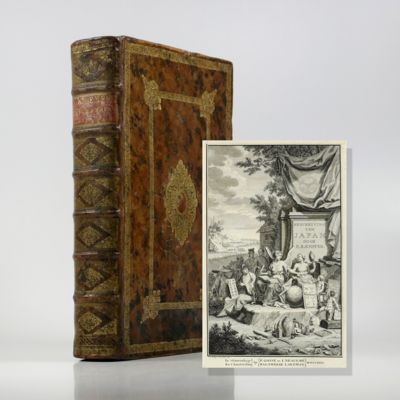
![image for Annales générales des sciences physiques. Volumes I-VIII. [All published].](https://www.schierenberg.nl/media/cache/product_thumb/72834/72834_x.jpg)
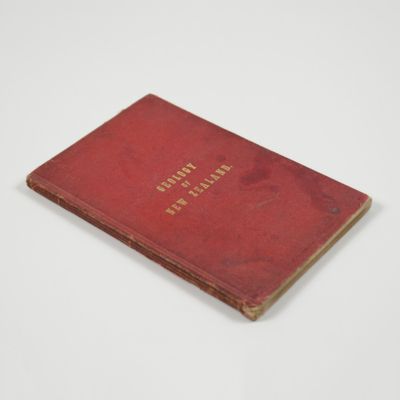

![image for Essais de paléoconchologie comparée. I - XIII. [Complete].](https://www.schierenberg.nl/media/cache/product_thumb/75158/75158_x.jpg)
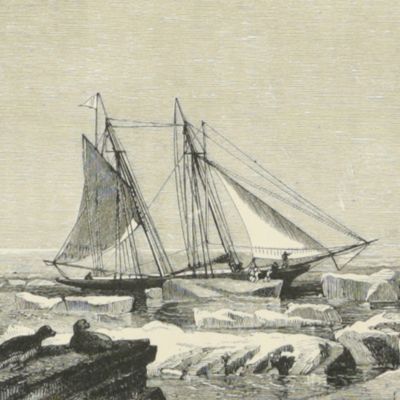
![image for Natuur-en Geneeskundig Archief van Nederlands Indie. Volumes I-IV. [All published].](https://www.schierenberg.nl/media/cache/product_thumb/49096/49096_x.jpg)
